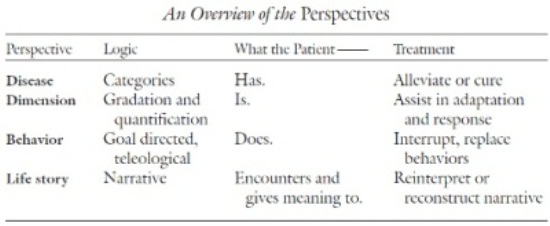Sexually transmitted infections (STIs) are on the rise in Irish women. In the last few years, Ireland has fallen victim to a silent epidemic of sexually transmitted infections. One of the consequences of the Celtic Tiger has been the explosion in relatively cheap foreign travel opportunities. However, in some cases, women are bringing back much more than their suntan and duty-free. Despite all the information available about the importance of safe sex, more women than ever are becoming infected with STIs. Risk-taking behaviour is described as being a naturally male thing, particularly for young women. Many women continue to play Russian roulette with their sexual health.
What Are STIs?
Sexually transmitted infections (STIs) are diseases or infections that are transmitted by oral, anal or vaginal sexual intercourse. They are caused by bacteria, viruses and other organisms that can be present in blood, semen, bodily fluids or the pubic area of an infected person.
The Price We Pay
Sexually transmitted infections are one of the ways in which we pay for being irresponsible when we are sexually active. This price, for many women, can be a heavy one.
HIV infection is undoubtedly the most serious of all STIs, as it remains incurable. HIV can be fatal or at best lead to chronic lifelong illness requiring daily medication. Hepatitis B and C infections can cause chronic liver disease or liver cancer. Syphilis can actually lead to insanity if left untreated. Herpes, once caught, is a friend for life. Other infections like chlamydia can damage the reproductive organs in women, leading to long-term infertility, which can have devastating consequences for couples trying to conceive a baby. Other STIs may not pose the same degree of threat to personal, but that does not mean that they cannot cause both pain and embarrassment, not to mention long-term health problems.
Unprotected sex with a variety of partners will inevitably lead to a sexually transmitted infection at some stage. These encounters often occur within the context of too much alcohol or other drugs, when one’s guard is down. Alcohol or illicit drugs will lower inhibitions and cloud one’s ability to judge safe sexual activity from irresponsible sex.
STIs tend to hunt in packs, so if you get one STI then you are more likely to have another. The fact that STI rates continue to rocket in Ireland amongst Irish women indicates either a lack of knowledge about the risks or a ‘could not happen to me’ attitude of denial. The more irresponsibly one behaves sexually, the greater the chance of becoming infected. Remember, sleeping with a new partner is like sleeping with everyone they have ever slept with.
It is not possible to judge whether a person is infected with an STI by sight – it requires medical testing, which is why it is safest to take precautions when having sex. Your lover may not even know themselves if they have an infection. Sometimes it can be difficult to detect an STI infection. Whenever an obvious symptom does develop you should visit your GP or local STI clinic.



